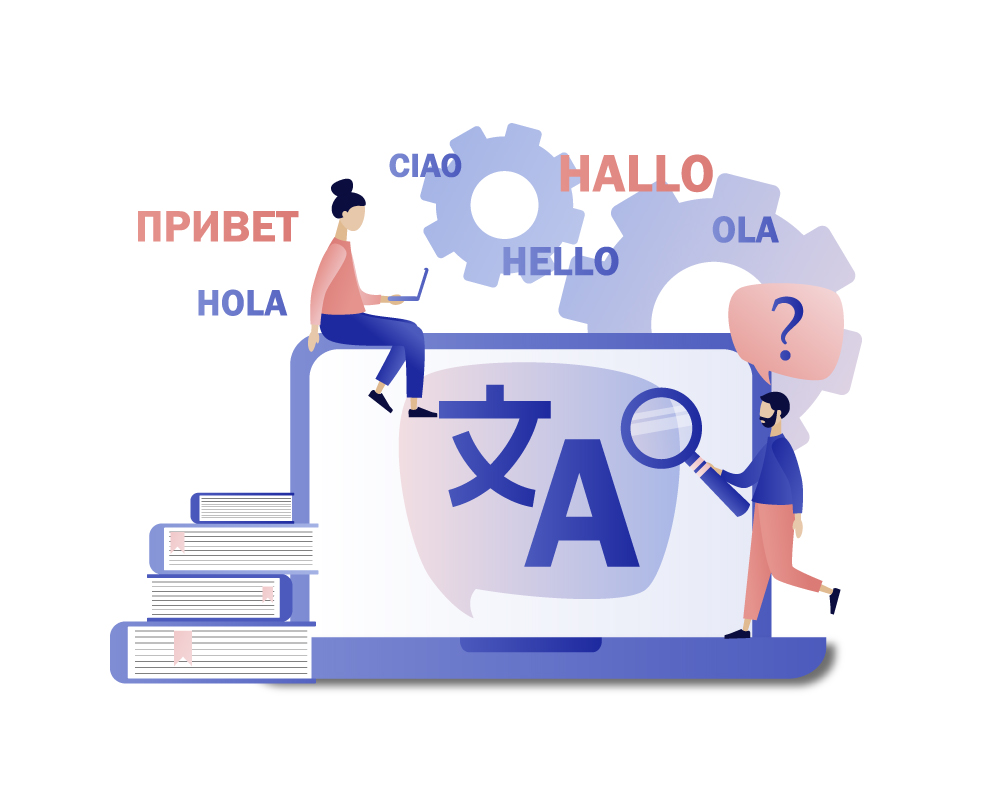Why Your Content Should Be Translation-Friendly
|
Font size:
Is your content translation-friendly? Before you judge any translation, it may be worth playing a Jekyll-and-Hyde game. Yes, put yourself in the shoes of a translator having to localise your content for Chinese consumers. That’s the true challenge! How do you preserve the same expressivity and clarity in Chinese? How do you write for translation?
Every time you translate a piece of content you are on a mission. Therefore, as a translator you have to be as resourceful- if not even – more resourceful than the writer of the source text.
Translator, infinite creator
Very often writers create content with a monolingual audience in mind and sprinkle it with colloquialisms, puns, slang, or even rhyming phrases. Nice. After all, content is king – it has to touch the heart of your audience and make readers crave for more. But can it speak to your international audience in the same way it does to your national users? That’s where the translator’s prowess makes the difference. So, get ready to become translation-fluent, Mr. Hyde!
Building Your Translation Fitness
We are content consumers by definition and feed on stories. However, what’s a story that cannot speak to everyone in their own language?
A Chinese proverb says “To learn a language is to have one more window from which to look at the world” [in Chinese: 学一门语言,就是多一个观察世界的窗户。(xué yì mén yǔyán, jiù shì duō yí ge guānchá shìjiè de chuānghu)]. This is precisely the translator’s mission – to open the window between you and your audience by transcreating, or in other words, adapting your content to the culture you are translating into while closely observing grammar rules and style.
By “style”, we also mean psychology. It is crucially important to make sure your translated content does not come across as offensive or ludicrous in the target language. To do so, communicate your message as clearly as possible in the source language in order to rule out any misunderstandings further down the line. This will make the translation process considerably easier and faster by eliminating the churn and detective work on the part of the translator searching for the best word or phrase to convey your message. You can be original and translation-fit at the same time.
The secret of brevity
Less is more. The real creativity shows when you can express profound, powerful ideas by using a minimal amount of words. Luckily, if your native language is English, you’ve got vocabulary and grammar on your side. Because the English language is the queen of brevity.
However, speaking of brevity, bear in mind that your readers in another language might be misled by contractions or extensive noun phrases. Try to be as brief as necessary (after all, you write for users not for the number of characters), and as direct as possible. Get to the point quickly. Show your true colours right from the start. The translator will make them shine in the target language.
The secret of consistency
Remember your creative writing teacher butchering your essays and taxing all your repetitions? God, that was so frustrating! Those days are long gone, you’re here and you’ve made it. And most importantly, what you need to do now is set foot in a different market, fit into a different culture, be someone else. Hello, Dr. Jekyll!
To blend in a different cultural environment, you need to convey your message in the right way to your readers, and you can only do it if you are consistent in your word choice. Don’t refrain from using the same word twice or even three times if necessary. Sometimes consistency involves repetition. But that is for the sake of clarity not because you “want to highlight the idea”.
Avoid synonyms as much as possible to simplify the translation process and increase its efficiency. Using computer-assisted translation tools can help you a lot in this case. Normally, they “memorise” how certain words and phrases are translated. Therefore, if they are used consistently throughout the copy, the software speeds up the translation process by offering suggestions.
The secret of simplicity
Before you even start writing your content, draw it. Make sure the reader’s journey runs smoothly from simple to complex. Most importantly, remind yourself to translate any complex concepts into layman’s terms first. This will ensure the readability of your text, and hence make translation easier.
Einstein said “If you can’t explain simply, you don’t understand it well enough”. So, prove you know your stuff by putting it in simple terms and short sentences. Short and sweet is the way to go when writing for translation.
The secret of formatting
Some languages like English, for example, allow you the luxury to play with words as much as you like, without worrying too much about formatting, whereas others may require more words to express the same concept.
Taking this thorny topic one step further, languages like Chinese, Arabic, Hebrew, Japanese, Hindi, or Tamil use specific scripts and formatting rules. When translating to any of these languages, you need to adhere to the same rules.
The power of plain language
The secret of writing for translation is in the plainliness of language. Avoid idiomatic phrases, proverbs, or any other colloquialisms that do prettify the copy yet make it extremely hard to translate (or even untranslatable). And you don’t want that, for sure. To avoid this impasse, simply do not use them. Find a different way to express the same idea.
However, if humour and plastic language pertains to your brand identity, you may wish to consider transcreation. Transcreation is as its name suggests, creative translation – the re-creation of the source text into the target language with a keen eye for cultural identity. Translation is a fine art, after all.
Ready to conquer new markets? Get in touch, we’re only one message away. Also, check in regularly for updates on everything language, eLearning, translation, and why not, a few localisation tips and tricks with a pinch of worldly wisdom and branding how to’s.














